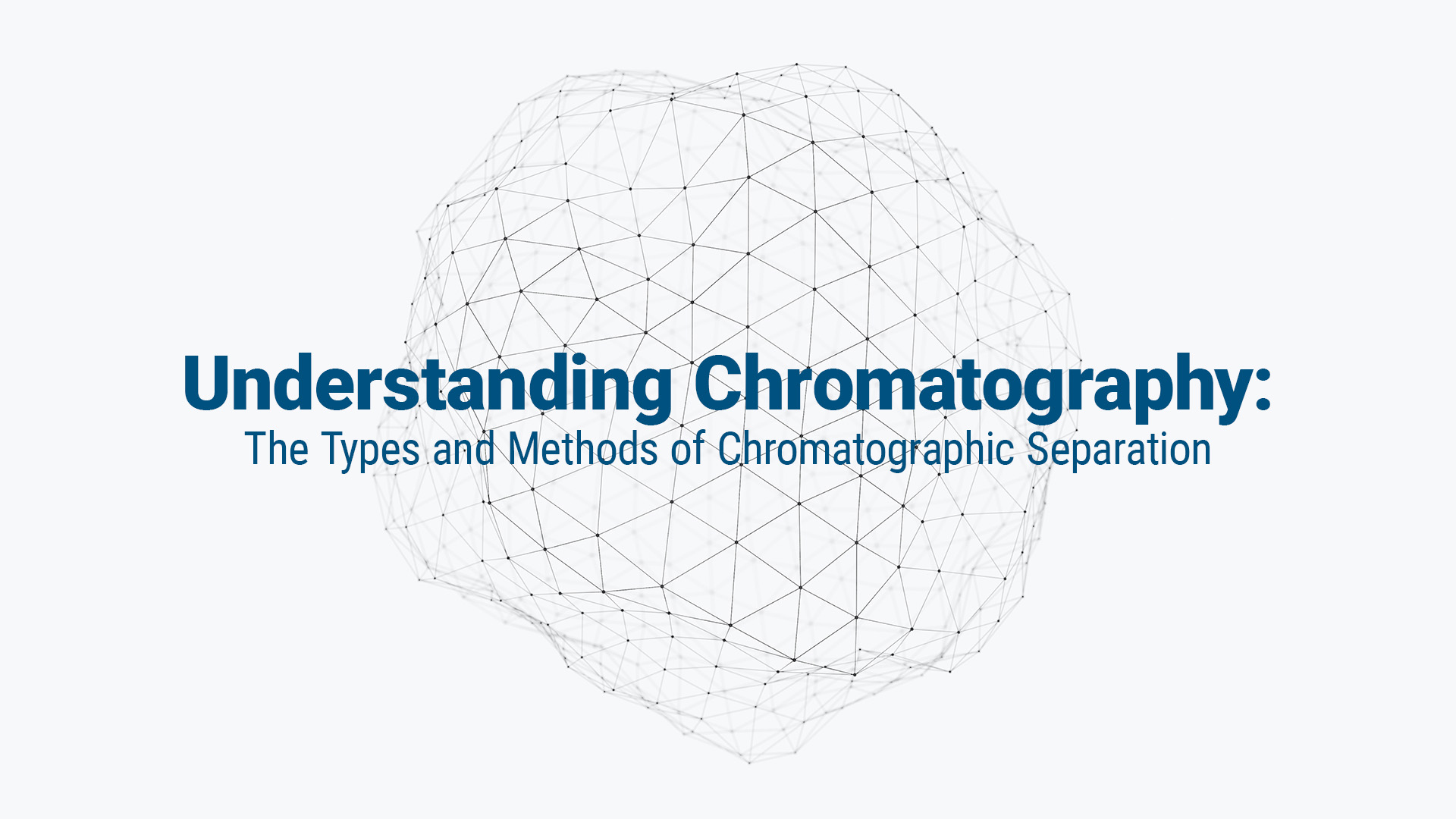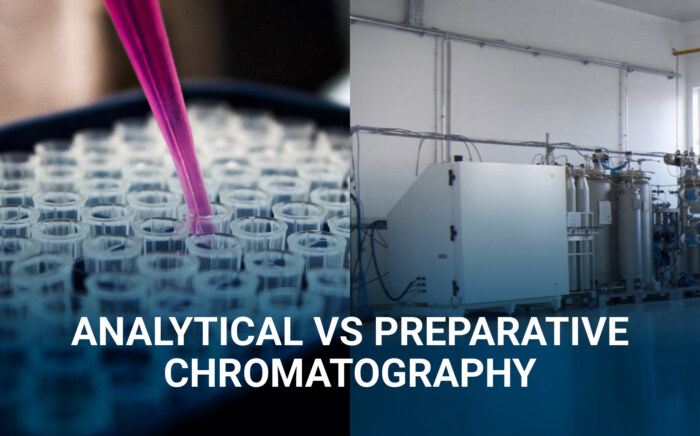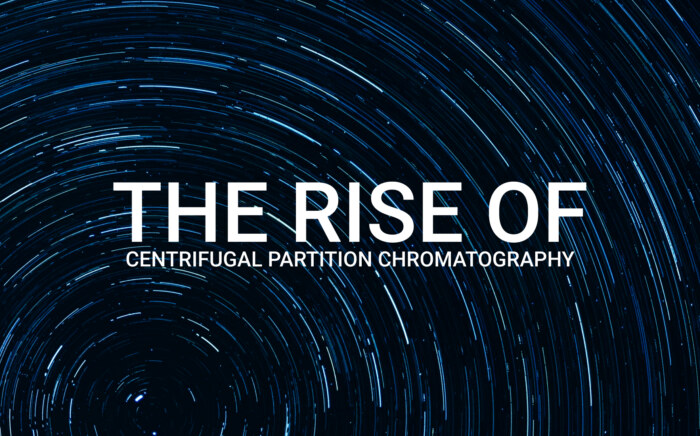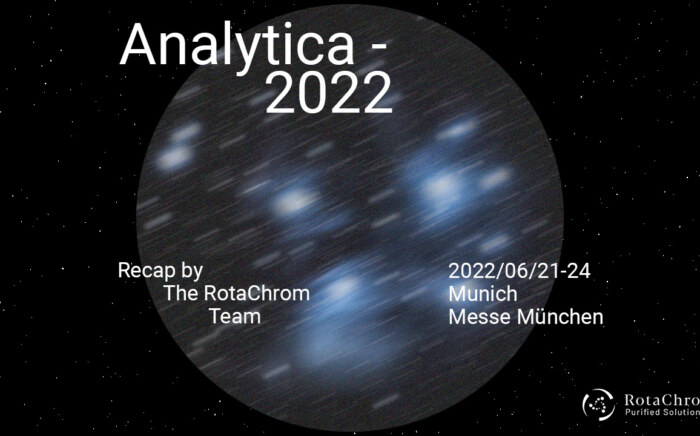Increasing separation efficiency by pH adjustment in Centrifugal Partition Chromatography
NewsChromatographic separation involves dividing a mixture into a stationary phase and a mobile phase. The mobile phase moves in a particular direction, propelled by forces like gravity or pressure differences, carrying the sample components with it.
Components that strongly interact with the stationary phase will stay retained longer, resulting in a slower movement through the system. This disparity in travel time leads to effective separation.
The fundamental principles of chromatography underpin various chromatographic methods, each modifying or enhancing specific aspects, such as the driving force or phase properties. For instance, some methods utilize gravity or pressure differences as the driving force. Additionally, certain methods alter phase properties to optimize separation efficiency.
Liquid chromatography, for instance, uses a liquid mobile phase to separate mixture components, while gas chromatography employs a gaseous mobile phase to isolate volatile mixture components. Both methods are rooted in chromatographic basics but differ in mobile phase type and phase properties.
Chromatography is a potent technique for isolating components from mixtures and serves as the foundation for diverse chromatographic methods. These methods vary in how they modify or enhance specific aspects, like the driving force or phase properties, to achieve more efficient separation. Whether it’s liquid or gas chromatography, the primary objective remains consistent: to separate mixture components and gain deeper insights into their individual properties.
Column Chromatography
Column chromatography is a prevalent chromatographic method used extensively for separating and purifying compounds. It involves a stationary phase, often a solid or gel, and a mobile phase, typically a liquid or gas. The stationary phase is packed into a column, and the mixture to be separated is introduced at the top of this column.
When the mobile phase moves through the column, compounds in the mixture separate based on their affinity for the stationary phase. This mechanism allows for efficient purification of the desired compound. The versatility of column chromatography makes it suitable for separating a broad range of compounds, including proteins, nucleic acids, and small molecules.
Aside from its versatility, column chromatography is cost-effective for compound separation and purification. The materials required for the stationary and mobile phases are easily accessible and can be obtained without much difficulty, making it a popular choice among researchers and scientists.
All in all, column chromatography holds significant importance in the realm of separation science and finds extensive use in separating and purifying compounds. Its versatility, cost-efficiency, and capability to separate a wide array of compounds contribute to its value as a crucial tool for scientists and researchers across various fields.
Understand Chromatography Types
The chromatography process underpins a broad spectrum of chromatographic methods, each leveraging a specific aspect of the fundamental chromatographic process.
Various methods are designed based on different driving forces of the mobile phase, including gravity or capillary force. Additionally, methods are developed considering the nature of the phases utilized, whether solid/liquid or gas/liquid. Some methods take into account the chromatographic device’s geometry, such as planar or column-based approaches, while others focus on the interaction of solutes with the stationary phase, encompassing physicochemical or biospecific interactions.
In the realm of chromatography, there exists a diverse range of methodologies. These include High-Pressure Liquid Chromatography (HPLC), Supercritical Fluid Chromatography (SFC), Flash Chromatography, and Centrifugal Partition Chromatography. Each of these methods brings distinct advantages and finds application in various domains, highlighting the value of chromatography in the field of separation science.



